Pearl Shapes - The Official Buyer's Guide

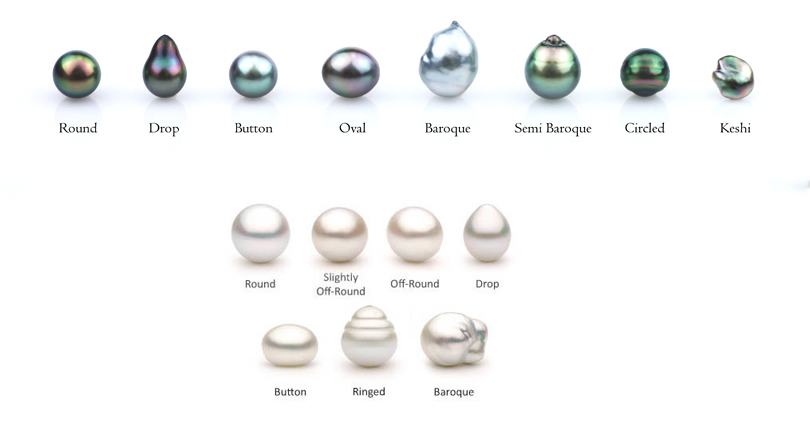
Think pearls can only be round? Think again! I've been working with jewelry for years, and let me tell you – there's a whole universe of pearl shapes out there just waiting to be discovered. Every shape, from classic round to rare collector's pieces, has its own special beauty.
I've spent hours studying how pearls form and what factors influence their shape. And as a fellow pearl lover, I'm thrilled to share everything I've learned in this official buyer's guide.
Whether you're new to jewelry or already have your personal collection, we're here to make sure every future purchase is confident and informed!
We'll cover the most popular shapes – rounds, drops, baroque. But also, we'll talk about lesser-known (but no less stunning) options like buttons or circled pearls.
Most Common Pearl Shapes

Round is the most frequently encountered shape for pearls. However, there are numerous captivating shapes worth discovering:
Perfectly Round Pearls
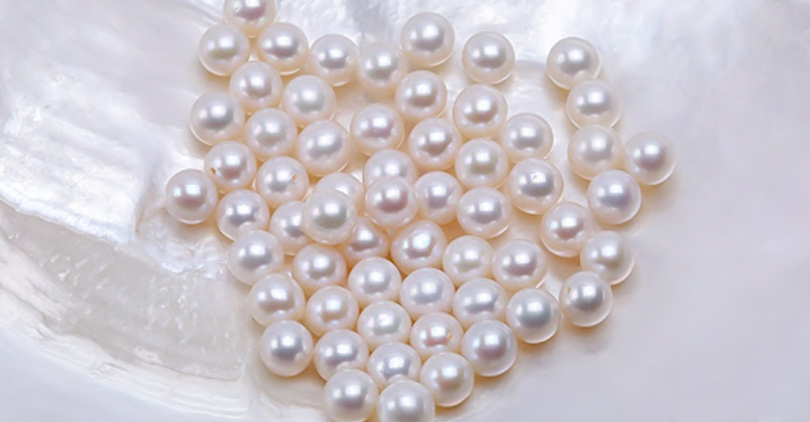
Just picture yourself cradling a perfectly round pearl in your hand. It's the kind of pearl that makes people gasp – perfect in its symmetry and flawlessness.
Such round pearls are considered the most precious shape of all. Their rarity adds to their allure. Perfectly round pearls represent just 5-10% of every harvest.
Now, imagine how it feels when you let one rest on your palm and then watch it roll smoothly in any direction: these are known as "Eight Way Rollers." They move so gracefully!
There are round pearls from various types of oysters, but Akoya pearls have always been famous for being especially close to being ideally round.
Near Round Pearls
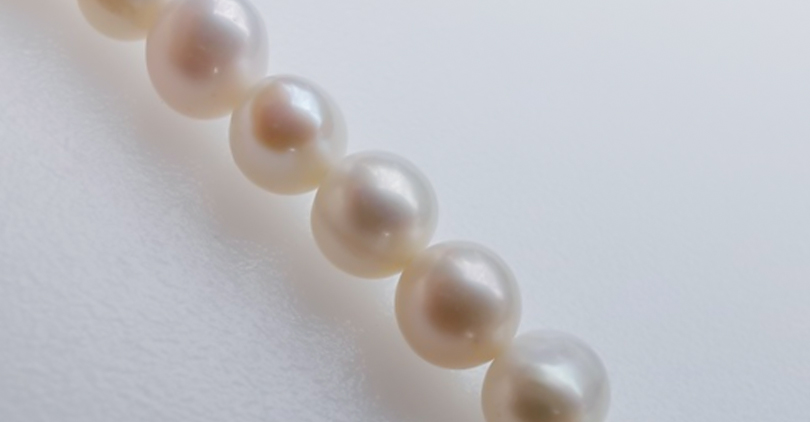
At first glance, these pearls may seem round, but on closer inspection, you'll see slight differences or what are sometimes called "wobbles." These variations give these pearls individuality – and that's what some fans adore about them.
They are classed as spherical rather than perfect round because they are very close to totally round. This means they cost less than the perfectly round ones but still look almost completely spherical: a saving for buyers who want top quality at affordable prices.
South Sea and Tahitian pearl necklaces offer opportunities to get great deals on near-round pearls if you're in the market for them.
Button Shape Pearls
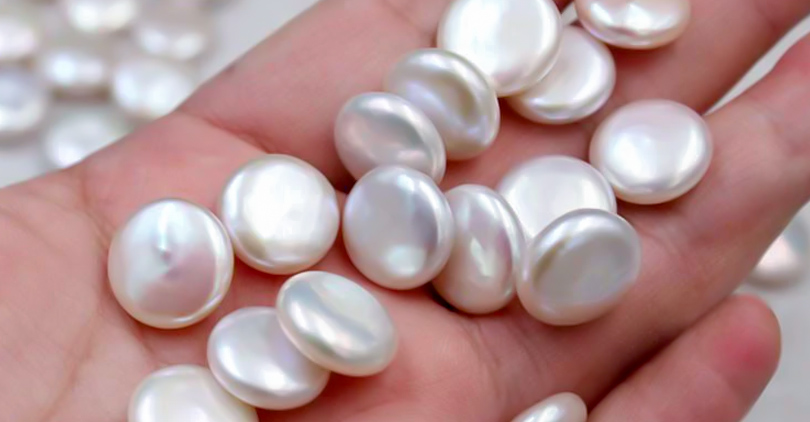
If you're looking to add something special to your jewelry collection, you should consider button pearls. These gems have a shape reminiscent of buttons, but they're anything but ordinary.
Button pearls are rounded on one side and flat on the other—an adorable squished-dome effect that sets them apart from conventional pearls. When strung in series, they create captivating necklaces that combine soft curves with slightly flatter surfaces.
Earrings featuring button pearls are particularly popular. The flattish bottoms ensure an eye-catching look without sacrificing comfort—wear them all day long!
While freshwater pearls often come in this distinctive form, you might also find some sea or Tahitian varieties shaped like cute little disks, too!
Drop Shape Pearls
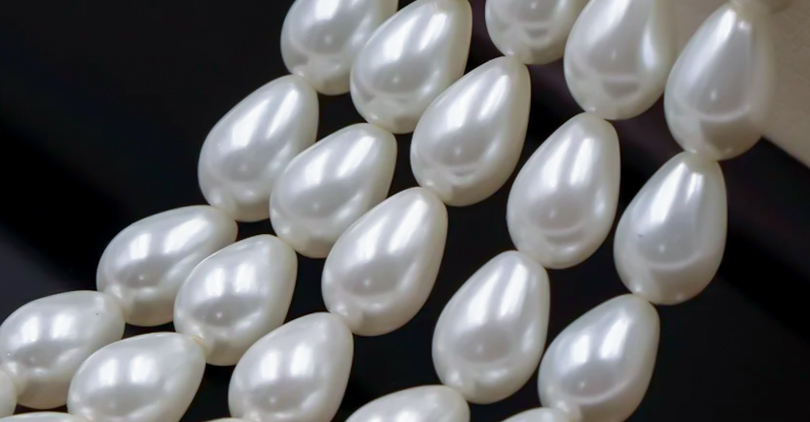
Pearls in a drop shape offer a delightful modification from the classic round ones. They come in different forms, such as oval, barrel, and tear-drop - but all have an elegant and elongated outline.
What really makes them stand out, however, is that they are beautifully even on both sides – something that adds charm to any piece of jewelry.
Little wonder they're second only to their perfectly round cousins when it comes to desirability. Large pairs of earrings that match exactly can cost serious money because they are so rare.
Between 15% and 20% of each pearl harvest can be classified as "drop" shapes: you'll never regret investing in such a unique treasure if you appreciate its distinctive appeal.
Baroque Shapes
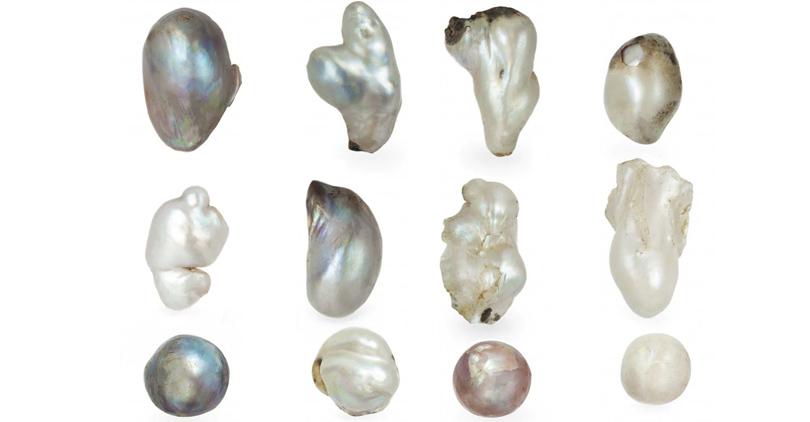
In the realm of baroque pearls, do not anticipate consistency or flawlessness. Rather, these rare and fascinating pearls exist in a wide variety of forms. They are exceptional in that no two are exactly alike.
Some resemble barrels, while others look more oval-like (or anything in between). Some feature tops and drops. Each is charmingly irregular.
Baroque pearls can be symmetrical or completely free-form—and sometimes have slight ridges around their surfaces, which adds another dimension of interest.
Prefer to pay less for your necklace without sacrificing style? Opt for one made with Baroque pearls instead of perfectly round ones of the same kind. On average, such designs cost 50-80% less but still manage to be chic—a win-win!
Circled Baroque Pearls
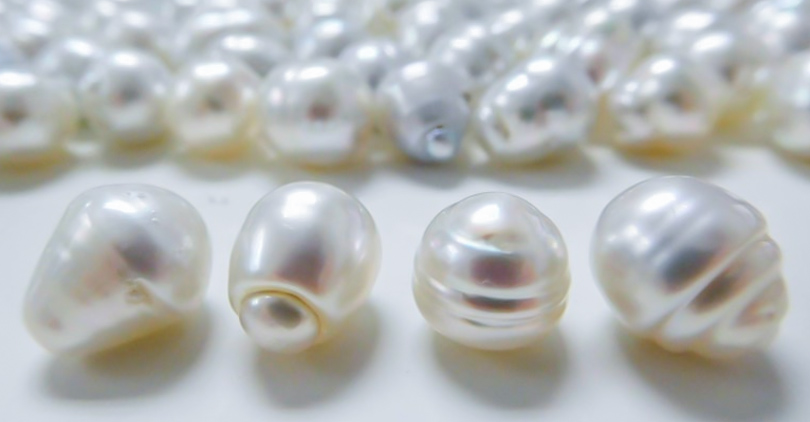
Picture coming across a pearl that isn't just shaped differently but comes with beautiful circles on it, too. That's what you get with a circled baroque – and why they're so unique.
These special jewels have one or more rings on their surface, which set them apart in no uncertain terms. Tiffany named these rocks "Circles of Love" back in the 1970s and helped create demand for this unconventional style.
But what sets circle baroques apart even further? Their high concentrations of color banding (think stripes) plus luster (shine). Together, these elements make a mesmerizing visual effect that catches the eye from all angles – trust us!
While people tend to associate circle pearls with Tahitian ones, South Sea and Freshwater types also exist.
How Do Pearls Get Their Shapes
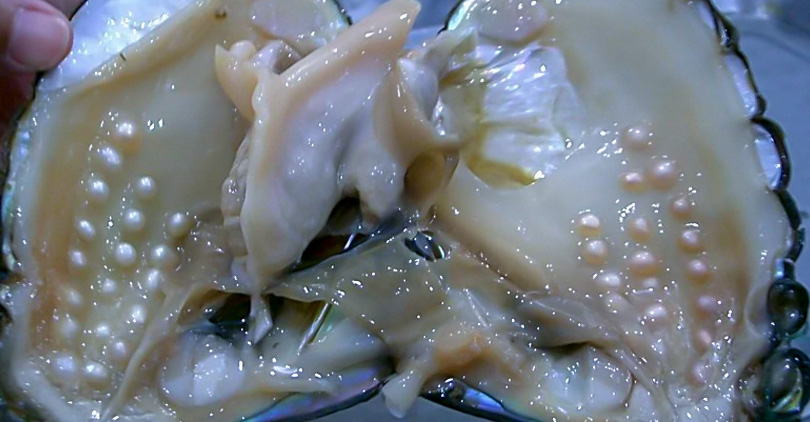
To create a pearl, a round bead is placed inside an oyster. It wraps the bead in tissue and coats it with nacre, which forms the pearly layer we're familiar with. However, sometimes the process doesn't go as planned, and irregularities appear as it develops.
The shape begins to take form when the mollusk covers the inserted nucleus with layers of a shiny substance called nacre. With every coat that's added by gently rotating and moving the nucleus around, whether smoothly or not at all—sometimes there are lumps!
Yet, things don't always go as planned when it comes to layering. Sometimes, the mollusk gets agitated, or there's a sudden change in its surroundings, and sometimes parasites attack. Such disturbances can cause layers of nacre to be unevenly stacked.
The result is pearls with unusual shapes like baroques or circles. While not round like classical beauties, these pearls are beloved by fans for their individual charm.
How Does Shape Affect Its Value
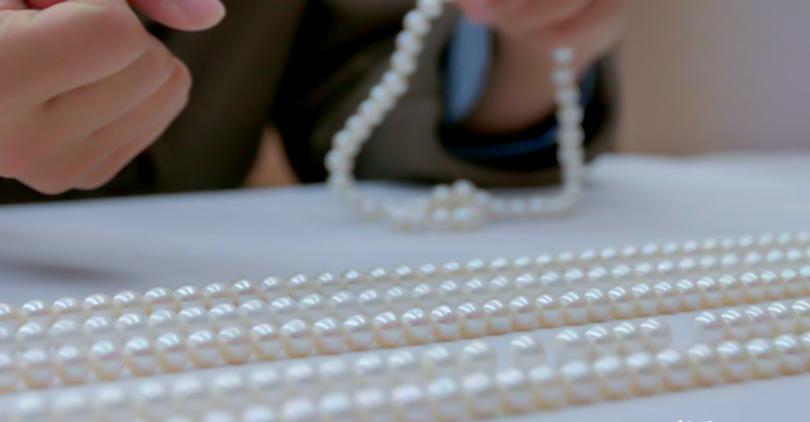
When it comes to assessing the value of pearls, shape is one of the key factors that determines their worth. For jewelers, the shape is just one of several criteria used to grade and price pearls.
At the very top of this hierarchy is a perfectly round pearl – the rarest and most valuable shape on the market. It's so sought-after worldwide because its classic appeal never fades. Take this stunning White Akoya Pearl Necklace comprising beautiful 7 -7.5mm pearls. It costs roughly $5,000.
Nevertheless, there are other factors besides being round which contribute to a nice shape. Smoothness and symmetry are also important considerations.
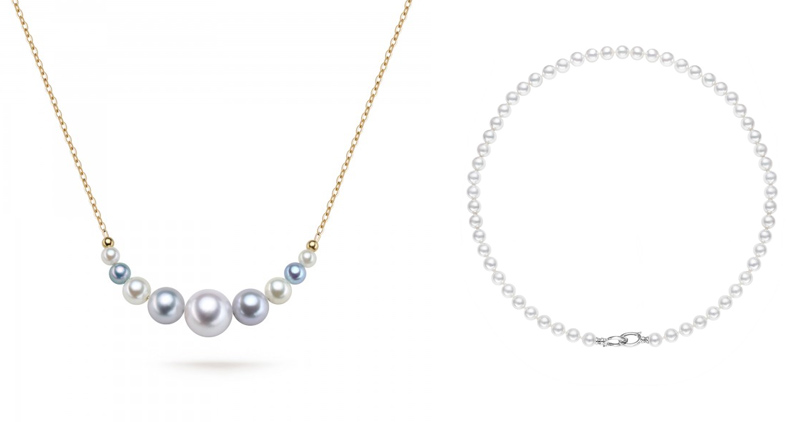
Drop-shaped pearls with their smooth lines come next in terms of value. They are longer than they are wide, look elegant and sophisticated, and are highly prized by collectors.
Baroque pearls, on the other hand, come in all kinds of irregular shapes, and although people might think they're not as pretty. Just compare the price of the perfectly round necklace with this baroque one - 3.0-3.5mm Blue-grey Akoya Pearl Chain Necklace.
Despite their unconventional nature and distinctive characteristics, these pearls can be highly collectible and appealing to individuals who seek something truly different.
Although round pearls are generally considered the most valuable, others may prefer a less conventional shape purely for aesthetic reasons.
Choosing the Right Pearl Shape and Styling the Different Pearl Shapes
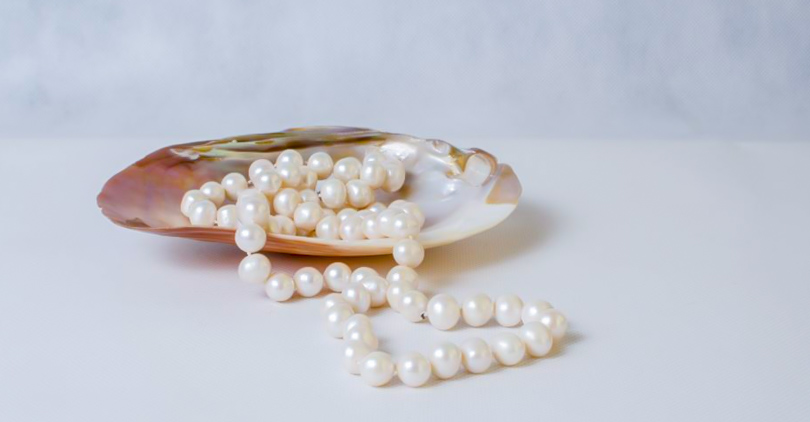
Becoming an adept pearl picker is tricky. There's some instinct involved, as well as personal preference. But with these pointers, you'll be better prepared when making your selection.
Classic and timeless, perfectly round pearls are perennial favorites. Think Akoya pearls, top-grade freshwater pearls, and round Tahitian and South Sea varieties when seeking old-school glamour.
If it's the look of a round pearl necklace that appeals but not necessarily the cost, go for near-round or button-shaped strands – they still feel expensive without breaking the bank.
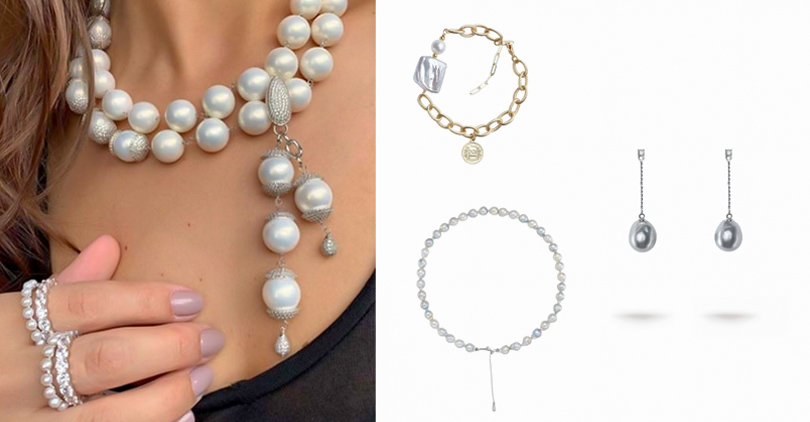
For a truly unique and romantic look, consider drop-shaped pearls. They give any outfit a touch of charm and mystery. Perfect if you're looking to add some luxury with beautiful Tahitian or South Sea pearls but don't want to pay extra for perfectly round ones.
If you already have classic jewelry pieces but want something special that no one else has, take a look at baroque pearls. You can find them in many shapes and sizes – earrings, necklaces, or bracelets. Every item is different from the next, but all are fascinating.
Whichever shape speaks to your personal style and captures your imagination, go for it! Your choice will make a statement and set you apart from others – just think how good it'll feel when everyone admires what great taste you have!
Conclusion
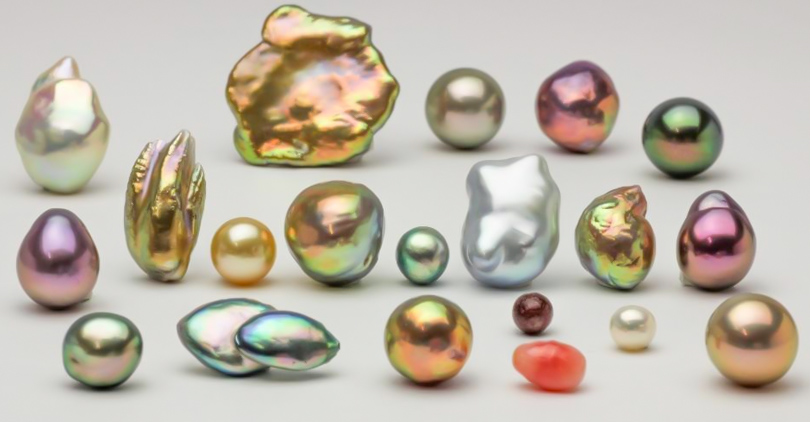
In the fascinating world of pearls, shape holds great importance. Every shape, from classic round ones to unique baroque and circled pearls, brings its own charm and character.
If you value elegance or individuality, seek romance – it's all about choosing which type suits your tastes! You might consult an expert before making up your mind, but trust yourself, too: what feels right for one person won't necessarily work as well for someone else.
Don't limit yourself either; there are many options when shopping around, so embrace them all! These beautiful gems can be worn anywhere with pride because they never go out-of-date—find yours today.
FAQs
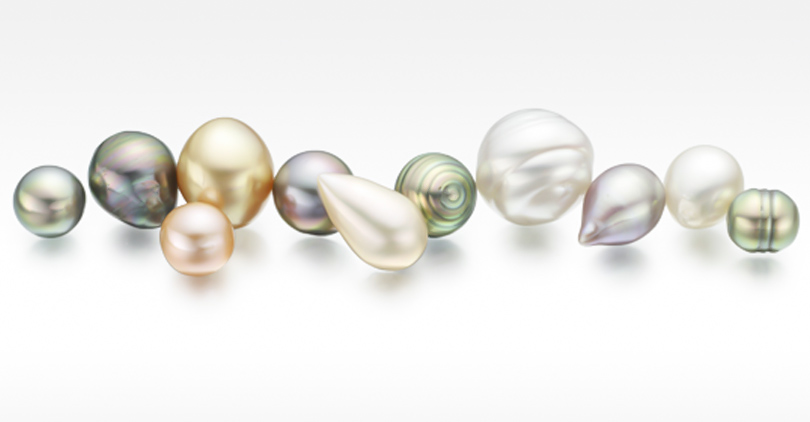
What is the rarest shape of pearls?
For collectors, the most prized type of pearl is one that's perfectly round – it's extremely rare. That ideal symmetry is always in demand and can command a higher price.
Which shape of pearl is the most expensive?
The perfectly round pearl is both the most expensive and the rarest shape. It's no wonder, then, that it has such timeless appeal – every buyer wants one!
Can pearls change shape?
No, once pearls are formed naturally, they cannot change shape. However, skilled craftsmen can carve or mold them into different shapes if desired.
Are star-shaped pearls natural?
No, star-shaped pearls do not occur naturally. They are produced using a technique known as grafting, whereby an irritant is introduced in a specific design to stimulate pearl growth in that desired shape.


Leave a Comment